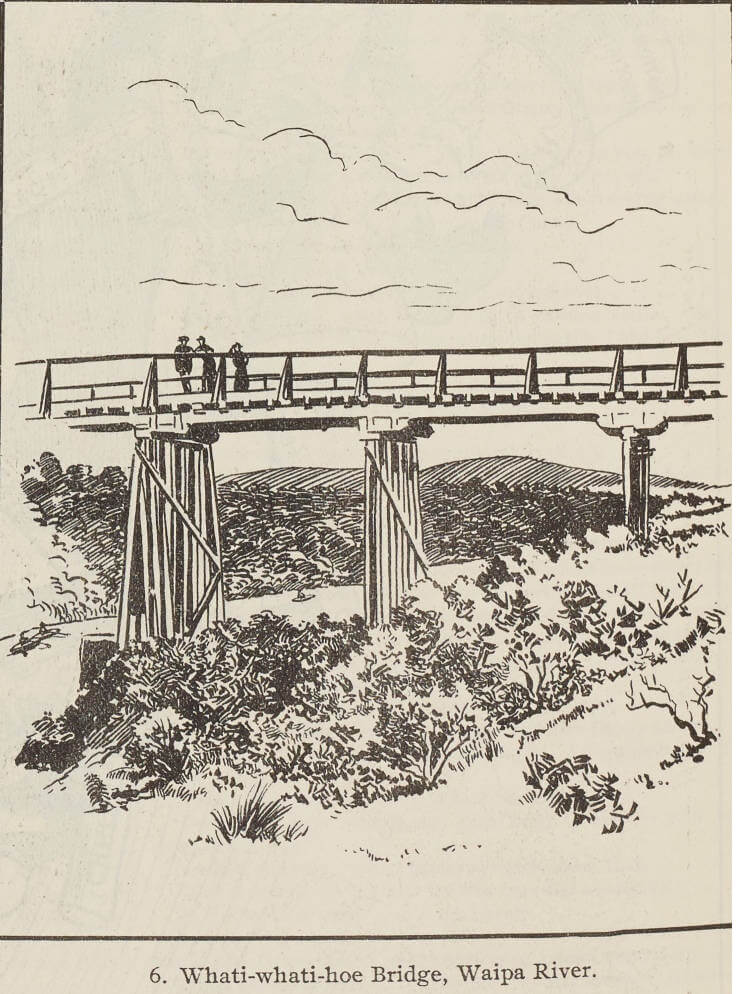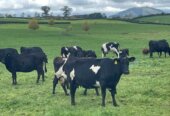Meghan Hawkes looks at what was making news in Waipa in 1895.
Whatiwhatihoe Bridge over, Waipa River.
Captain Broun, a naturalist, who had been visiting orchards in the Waikato, arrived at Whatiwhatihoe, the settlement at the Māori King’s residence under Mt Pirongia, to examine the damaged potato crops. He ascertained that the mischief had been caused by caterpillars entering the stems and eating their way downwards to the roots, after which the plants decayed. This was the same pest that had been at work in other parts of the Waikato.
The Te Awamutu correspondent for the Waikato Times announced that many readers of the paper would have come to the conclusion that Te Awamutu was dead or had been buried in the last earthquake or been blotted out of existence, as the correspondent had been away visiting the sunny south and consequently fallen into arrears. No great events, however, had taken place in the interim; everything seemed the same, the same brisk businesslike air, and the same contented look on the genial faces of the townsmen.
The roads were certainly greatly improved and were now delightful to travel over, and the weather was also grand, too grand, though for the farmers. The earthquake referred to had had its centre at Taupō and was distinctly felt in the district at the exact hour of the subterranean activity experienced at Taupō. A Kihikihi resident, drawing water from a well, saw the suspended bucket swing against the side of the well, a distance of about two feet from the perpendicular, and remained there for a few minutes.
Frosted turnips were initially blamed for several deaths among cattle at Ōhaupō but the Government veterinary surgeon decided that the disease was anthrax which had probably been brought over from Australia in bone manure. Pigs also fell victim to the bacteria and one man became dangerously ill. The farm at which the outbreak occurred was isolated and no further cases reported. In order to stamp out the outbreak of anthrax at Ōhaupō beyond any probability of recurrence, the government funded part of the cost of liming the land on which the affected animals grazed, lime being thought an anthrax disinfectant at the time.
The success of a school excursion train south of Mercer to Auckland when a thousand children from the various settlements, and their teachers and friends availed themselves of the opportunity of a day’s outing was repeated in the Waikato. The train collected about 1500 children and adults from all parts of the Waikato, as far south as Te Awamutu. Adults and also children over 15 years of age were allowed to travel by this train, but adults had to be in charge of some child, whether their own or another person’s it didn’t seem to matter. All citizens were advised to take advantage of this excursion, even if bachelors had to adopt a child for 24 hours.









